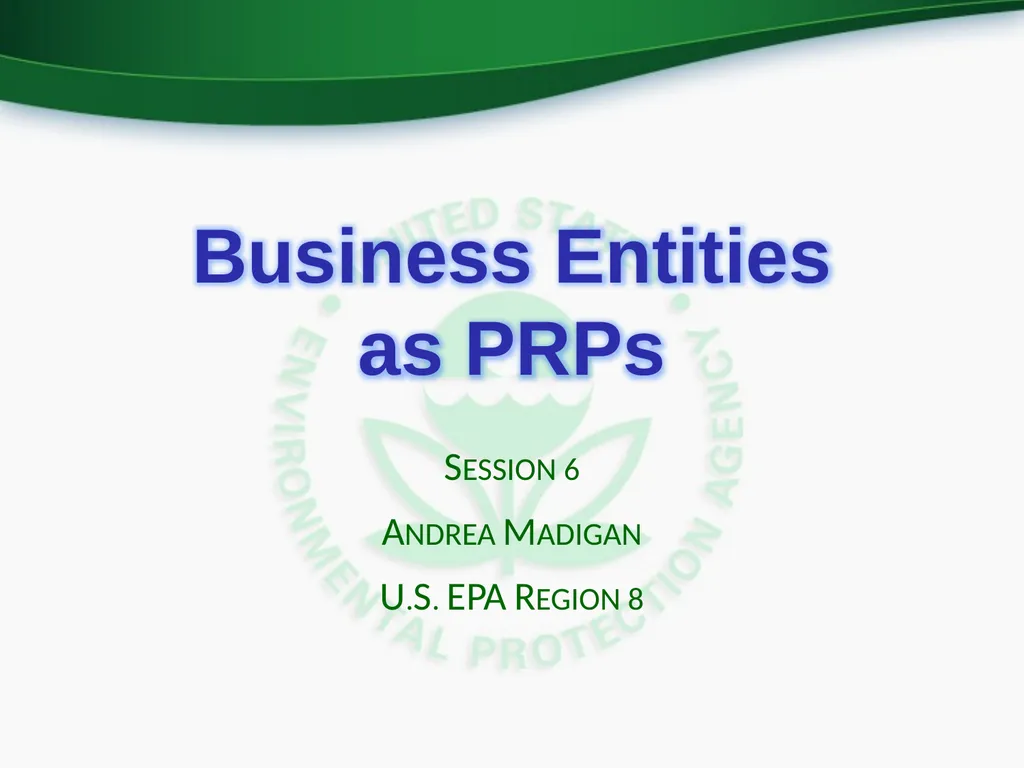
Session 6 Andrea Madigan U.S. EPA Region 8
Author: faustina-dinatale | Published: 2025-05-09
Description: Session 6 Andrea Madigan U.S. EPA Region 8 Business Entities as PRPs Introduction CERCLA Section 107(a) identifies four classes of liable persons. Section 101(21) defines a person as an individual, firm, corporation, association,
Download Presentation
Download the PPT/PDF: Download
Transcript:
Loading transcript…